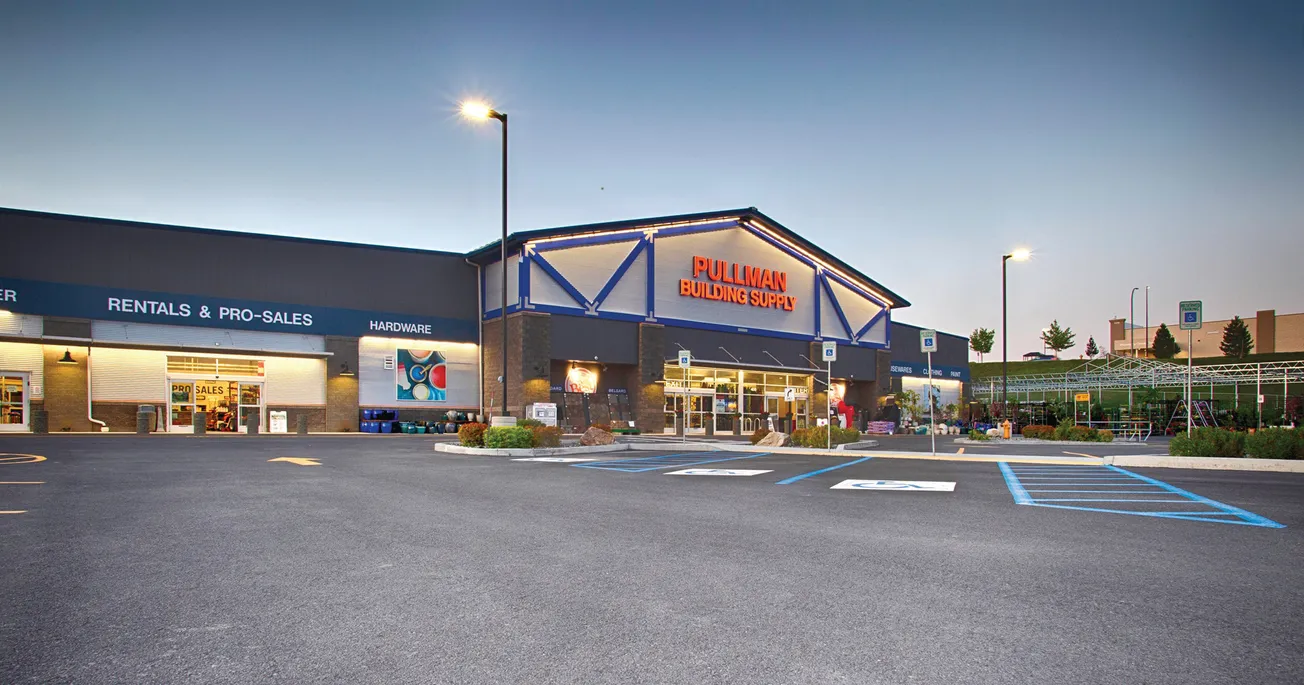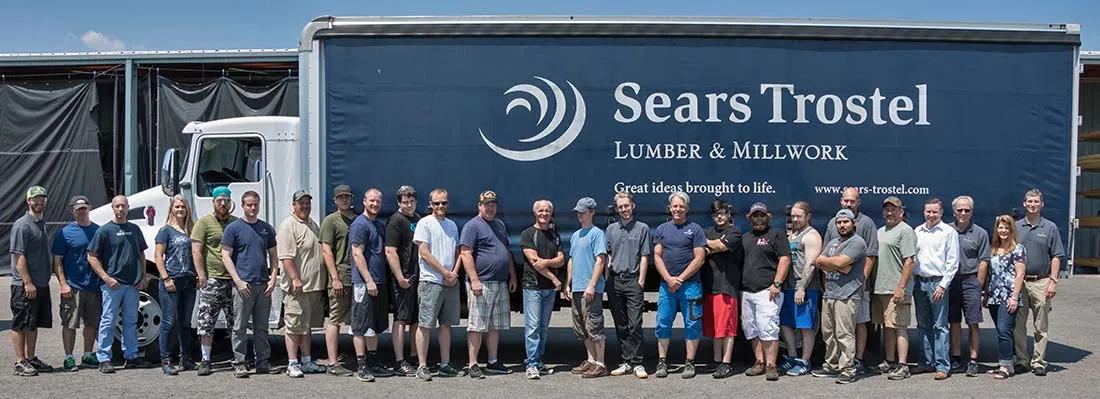Table of Contents
THERE ARE stylistic differences in sales. Some sellers are more relationship based and laid back, while others are more hustle/bring value serious type sellers. Master Sellers calibrate their style to the customer preference. While style is important, there are approaches that are always and never techniques.
Never
Ask a customer, “What do you need today?” This brings zero value. It says, “Will you do all the work and tell me what you want and what you want to pay?”
There are some charming sellers who can get away with this. These sellers are about one in 40, so if you are Mr. or Ms. Charisma, I am happy for you, but for the rest of us this approach will create a lot of poor treatment—it’s irritating to busy buyers to deal with lazy sellers—and deservedly so.

I tell charismatic sellers, “Yes, you can get away with the lazy albeit charming approach, but your career will grow bigger and faster if you add value beyond your great personality.”
Always
Offer customers multiples of multiple items. Many sellers come to customers with one of one item. These calls are short, uninteresting, and low value for the customer and low potential for the seller. The Master Seller brings multiples of multiple items which brings more value to the customer, gives the Master Seller more chances to get an order and sends the message to the customer that they are dealing with a volume supplier, not a onesie-twosie salesperson pleading for scraps.
Why don’t most sellers bring more items to calls? Because it’s more work.
Never
Call customers inconsistently. This sends the message that we’re only there for the order, that we’re just a deal seller, not a relationship seller who wants to bring persistent and consistent value. In addition, it makes building the relationship with the customer more difficult because of the inconsistency of contact.
Always
Call customers in a consistent way. I prefer the same time and same day. This way the customer learns to expect us and count on us. We become part of their “business rhythm.” We begin to integrate ourselves into their business.
Sellers will say to me, “I only want to call them when I have a good deal.” This is a flawed strategy. First, hustle hard(er?) to find good deals. Second, our job is to be consistently competitive. We won’t always have the best deal, but consistent competitiveness trumps the occasional best deal over the long run.
Never
Flip prices. We are not in a hurry to give our customers a price.
Always
Find out the need behind the question before we give the price. When a customer asks us for a price (inquiry), we slow the process down and ask questions first. Is our customer just pricing their inventory? Checking the market? Did they just buy three and want to see what we would have quoted? Keeping their favorite supplier honest?
When we slow the inquiry process down, we send the message that we care that we are professional, and that we expect to get the business.
Grade? Species? Tally? Quality of supplier? Shipment? Volume? What are we thinking of paying? When are you going to buy this? And any options on the above before we give a price.
Never
Give the prices without asking for the order.
Customer: “What’s your price on a couple trucks of 2×4 #2 14’s?”
Seller: “We can get those into you at $650/MBF.” (Then silently wait for the customer to buy.)
The problem with this approach is it works, leading many to think it’s good. It works. It just doesn’t work as well as…
Always
Asking for the order when we give the price.
Customer: “What’s your price on a couple trucks of 2×4 #2 14’s?”
Master Seller (after asking the questions above): “We can pick those up for $650/MBF, which is a good deal. Do you want to put those on?”
This approach not only garners more orders, it also sends the correct message that we expect to get the order(s), which over the short and long term will bring us more business.
James Olsen is principal of Reality Sales Training, Portland, Or. Call him at (503) 544-3572 or email james@realitysalestraining.com.









